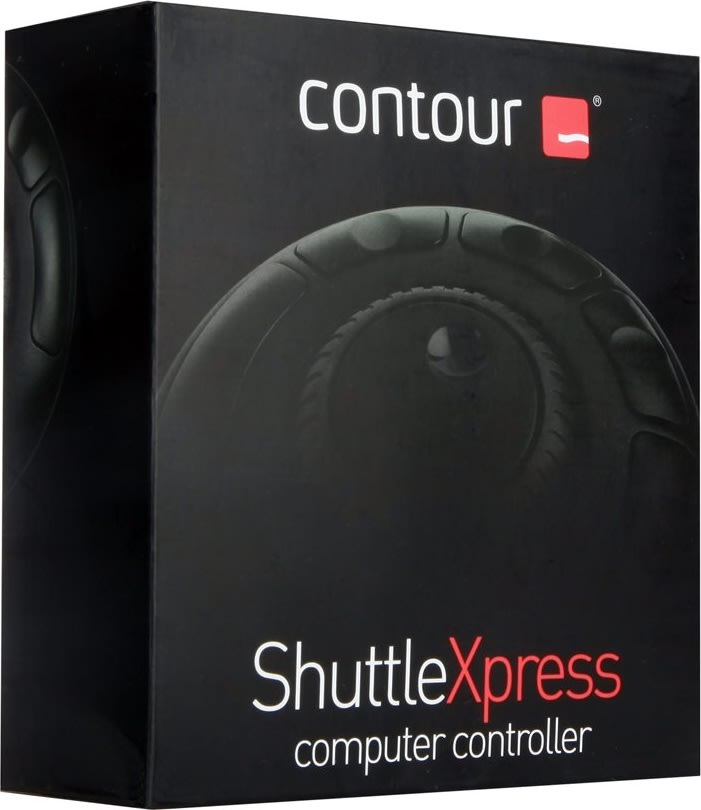
We can slow this process of heat transfer by insulating the walls and ceiling. When it’s cold, heat also transfers out of the van via conduction. When the radiant heat from the sun warms the metal body of your van, the heat is transferred inside through conduction.

Conduction is heat transferred through solid surfaces – think of when you touch a hot cast iron skillet and burn your hand. You can also use reflective surfaces inside your van to help retain heat during cold weather. Reflective window coverings deflect radiant heat away from the van and keep the inside much cooler. This can be nice in the winter, but absolute hell during a hot summer day.

The biggest sources of radiant heat in your van are the windows, which allow sunlight to pass through and heat the inside. Radiation is heat transferred through air or a vacuum – think of the heat radiating from the sun, passing through the atmosphere, and warming your skin. This post should cut through some of the confusion you may have about insulation, so you can get your van built and get out there on the road! Finally, we dig into our recommendations and go through step-by-step installation instructions. We also take a deep dive into commonly used insulation materials, their pros and cons, and whether you should use them. In this post, we answer the questions that come up most frequently about insulating a van for vanlife. What’s the best material to use? How do we go about installing it? Do we need a vapor barrier? How much should we budget? What other questions should we have that we don’t even know to ask? When we were planning our build, we had all kinds of questions about insulation: There’s also a lot of confusion and debate over the best way to insulate a campervan, and it can be tough to wade through all the opinions and figure out what to do.

Insulation is one of the most important steps of any van build, and it pays to take the time to do it right. If you want to stay comfortable in your van no matter the weather, you need to insulate.


 0 kommentar(er)
0 kommentar(er)
